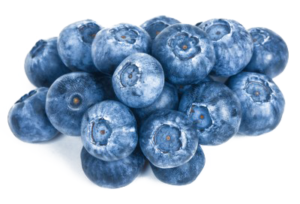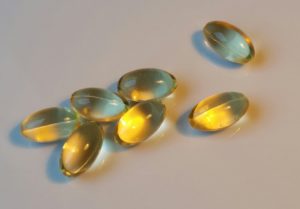 Summer is when many of us indulge ourselves at barbecues or other social gatherings. Fabulous grilled foods, fresh fruits, pies, whipped cream! You may wonder what gorging yourself until you absolutely can't eat one bite more at one meal does to your body. It turns out it's OK!
Summer is when many of us indulge ourselves at barbecues or other social gatherings. Fabulous grilled foods, fresh fruits, pies, whipped cream! You may wonder what gorging yourself until you absolutely can't eat one bite more at one meal does to your body. It turns out it's OK!
A study of young men who either ate pizza till "comfortably full" or "maximal eating" (eating so much that they couldn't eat one more bite) found that the bodies of the men coped very well. Just note, these were normal weight men who normally did not overeat like this (about twice as much food as "comfortably full").
Their metabolism adjusted to overeating the meal, levels of nutrients stayed within normal range, but there was an increase in "prolonged lethargy" and sleepiness several hours after the meal. Yup, many of us know the feeling - just want to take a nap while we digest.
Unfortunately it is unknown how the bodies of women, overweight, and older persons would handle maximal eating of 1 meal (that study not done). But hey! - it's summer, and we can just pretend the study results apply to all of us. Just don't do it all the time...
From Medical Xpress: Pizza study shows body copes surprisingly well with one-off calorie indulgence
A new study, which involved participants eating pizza well after feeling 'full' in order to test what immediate effects this had on the body, finds that our metabolism is surprisingly good at coping with over-indulgence. ...continue reading "Body Copes Well With One Time Overeating"



 For years people have searched for ways to prevent cancer, which occurs significantly more with age. A
For years people have searched for ways to prevent cancer, which occurs significantly more with age. A  Bottom line: While
Bottom line: While  A recent study gives support to eating a diet with real unprocessed foods and avoiding foods with additives as much as possible. The
A recent study gives support to eating a diet with real unprocessed foods and avoiding foods with additives as much as possible. The  Some good news. A recent large study found that a healthy diet rich in plant-based foods can lower your risk of getting type 2 diabetes.
Some good news. A recent large study found that a healthy diet rich in plant-based foods can lower your risk of getting type 2 diabetes. Parents of babies overwhelmingly want to do the right thing for their babies. When formula makers make medical claims about the formulas they sell - parents believe them. For years companies such as Danone and Nestle marketed certain formulas as reducing milk allergies and eczema in babies. But the claims were (are) not true!
Parents of babies overwhelmingly want to do the right thing for their babies. When formula makers make medical claims about the formulas they sell - parents believe them. For years companies such as Danone and Nestle marketed certain formulas as reducing milk allergies and eczema in babies. But the claims were (are) not true! The evidence keeps growing that cutting back on how frequently a person eats meat may have health benefits such as lowering cancer risk A
The evidence keeps growing that cutting back on how frequently a person eats meat may have health benefits such as lowering cancer risk A